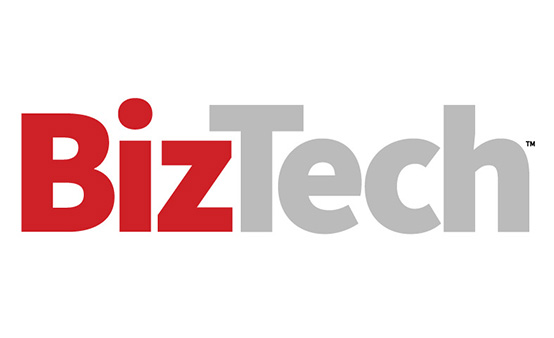In addition to sustaining AI functions from software providers, AI PCs are better equipped to support Copilot and other AI features native to Windows 11. This includes the ability to interface in 40 languages and handle real-time translation of those supported languages.
AI PCs can also run small language models locally for custom workflows, reducing reliance on cloud-based tools and creating opportunities to pare back some expensive Software as a Service solutions.
“That doesn't mean that everything’s coming to the PC,” Thatcher says. “Some things are still best run in the cloud, like the large language models. But there are so many functions that are better done locally, such as voice, translation and background noise removal.”
DISCOVER: These solutions and services are helping SMBs succeed.
Potential Benefits of AI PCs for Small Businesses
The core benefit that AI PCs offer SMBs is the potential to keep some AI workloads on-premises.
According to Thatcher, they create an opportunity to “be very deterministic about where they’re going to invest in the cloud.” Productivity can be “jump-started with an AI PC and things that are tangible, almost free, with just a slight investment and a slightly better PC that can get you huge gains in everyday workflows.”
“You pull on the big brain of the cloud only when you need it, and that can give you much more privacy and much more security, and it can have a tremendous impact on the cost,” he added.
AI PCs can also act as a gateway to AI for businesses that are wary of cloud LLMs, allowing them to reduce the risks of shadow AI and tighten governance while safely leveraging local generative AI and even creating their own small language models.
“A lot of businesses are feeling really driven to leverage AI,” Herbert says. “AI PCs are the easiest to begin with, and that’s where they’re starting, because a lot of them are already having to shore up their PC technology anyway.”
DIVE DEEPER: Advanced processors support the rise of ‘invisible’ AI.
Assessing Whether to Wait or Transition to an AI PC Now
The question of whether to upgrade your current PC or wait depends on when your PC was last refreshed and whether it can support Windows 11 in its current version. It’s difficult for a business running 2-year-old, Windows 11-compatible devices to justify an across-the-board investment in first-generation AI PCs, for instance.
But many businesses are reaching a decision point, and experts agree that within the next few years, every new PC and laptop model will have native AI capabilities.
“It's maybe not happening right now, today, but we know it's going to happen in the future,” Herbert says. “How do they get ahead of the technology curve? AI is really moving faster than any other initiative we’ve seen in the past couple of years.”
The biggest unknown is just how quickly AI is expected to evolve over the next few years. Some experts say that non-AI PC purchases risk becoming a sunk cost.
“Make the transition now, while you know you're going to be investing in a fleet of new PCs, as opposed to waiting and investing in the same technology we’ve been using for the past 15 years,” says HP CTO Tommy Gardner. “Otherwise, you’re going to spend the money twice.”
RELATED: Here’s what you need to know about Microsoft Surface’s AI-powered PCs.
Alan Shark, executive director of the Public Technology Institute, agrees that all new PCs will eventually be AI PCs, but says that not every user will necessarily require on-premises AI capabilities in the immediate future.
“We’ve never gotten away from the fact that it’s different configurations for different users. It’s not one-size-fits-all. If you’re a light user, this is what you get, and if you’re a heavy user, you might need an AI PC.”
Technology moves so quickly that there’s always going to be uncertainty in any IT purchase, Shark says. But he also says that waiting to roll out AI PCs more broadly won’t make or break a business's ability to stay competitive with AI. Instead, he recommends being selective about which departments or users get AI PCs.
“There is no one right answer that will work for everyone, but it helps to ask yourself, can you start with a pilot and build out from there?”












